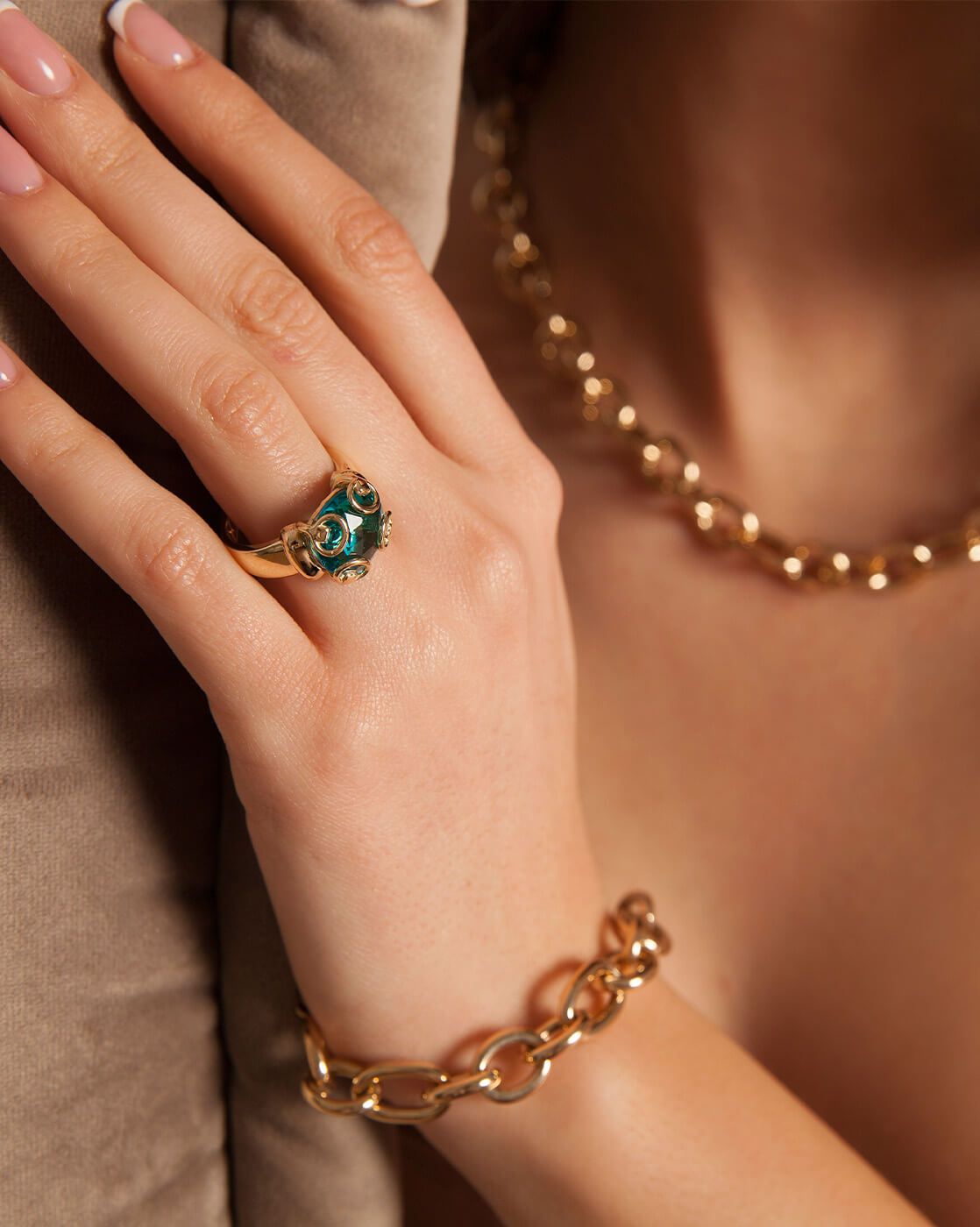Uveitis
Uveitis is a form of eye inflammation. It affects the middle layer of tissue in the eye wall (uvea). Symptoms include eye redness, pain and blurred vision. The condition can affect one or both eyes. It primarily affects people between ages 20 to 50, but it may also affect children.
Possible causes of uveitis are infection, injury, or an autoimmune or inflammatory disease. Many times a cause can't be identified. Uveitis can be serious, leading to permanent vision loss. Early diagnosis and treatment are important to prevent the complications of uveitis. They may affect one or both eyes.
Symptoms
- Eye redness
- Eye pain
- Light sensitivity
- Blurred vision
- Dark, floating spots in the field of vision (floaters)
- Decreased vision
The uvea is the middle layer of tissue in the wall of the eye. It consists of the iris, the ciliary body and the choroid. The choroid is sandwiched between the retina and the sclera. The retina is located at the inside wall of the eye and the sclera is the outer white part of the eye wall. The uvea provides blood flow to the deep layers of the retina.
The types of uveitis
- Iritis - (anterior uveitis) affects the front of the eye and is the most common type.
- Cyclitis- (intermediate uveitis) affects the ciliary body.
- Choroiditis and retinitis - (posterior uveitis) affect the back of the eye.
- Diffuse uveitis (pan uveitis) - occurs when all layers of the uvea are inflamed.
In any of these conditions, the jelly-like material in the center of your eye (vitreous) can become inflamed and infiltrated with inflammatory cells.
Treatments:
Uveitis is typically managed by an eye specialist who will be able to determine the best treatment plan. Most cases of uveitis are treated with a course of steroid eye drops over a few weeks that help to reduce the inflammation.










